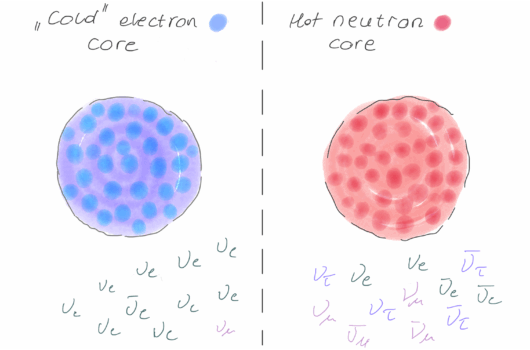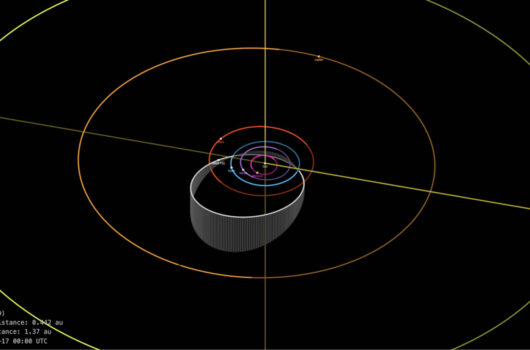Nuclear-level effective theory of μ → e conversion: Inelastic process
Nuclear-level effective theory of μ → e conversion: Inelastic process
View
Abstract
Mu2e and COMET will search for electrons produced via the neutrinoless conversion of stopped muons bound in 1s atomic orbits of ![]() Al, improving existing limits on charged lepton flavor violation (CLFV) by roughly four orders of magnitude. Conventionally,
Al, improving existing limits on charged lepton flavor violation (CLFV) by roughly four orders of magnitude. Conventionally, ![]() conversion experiments are optimized to detect electrons originating from transitions where the nucleus remains in the ground state, thereby maximizing the energy of the outgoing electron. Clearly, detection of a positive signal in forthcoming experiments would stimulate additional work
conversion experiments are optimized to detect electrons originating from transitions where the nucleus remains in the ground state, thereby maximizing the energy of the outgoing electron. Clearly, detection of a positive signal in forthcoming experiments would stimulate additional work ![]() including subsequent conversion experiments using complementary nuclear targets
including subsequent conversion experiments using complementary nuclear targets ![]() to further constrain the new physics responsible for CLFV. Here we argue that additional information can be extracted without the need for additional experiments, by considering inelastic conversion in
to further constrain the new physics responsible for CLFV. Here we argue that additional information can be extracted without the need for additional experiments, by considering inelastic conversion in ![]() Al. Transitions to low-lying nuclear excited states can modify the near-endpoint spectrum of conversion electrons, with the ratio of the elastic and inelastic responses being sensitive to the underlying CLFV operator. We extend the nuclear effective theory of
Al. Transitions to low-lying nuclear excited states can modify the near-endpoint spectrum of conversion electrons, with the ratio of the elastic and inelastic responses being sensitive to the underlying CLFV operator. We extend the nuclear effective theory of ![]() conversion to the inelastic case, which adds five new response functions to the six that arise for the elastic process. We evaluate these nuclear response functions in
conversion to the inelastic case, which adds five new response functions to the six that arise for the elastic process. We evaluate these nuclear response functions in ![]() Al and calculate the resulting conversion-electron signal, taking into account the resolution anticipated in Mu2e/COMET. We find that
Al and calculate the resulting conversion-electron signal, taking into account the resolution anticipated in Mu2e/COMET. We find that ![]() Al is an excellent target choice from the perspective of the new information that can be obtained from inelastic
Al is an excellent target choice from the perspective of the new information that can be obtained from inelastic ![]() conversion.
conversion.





